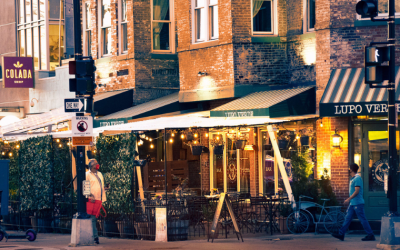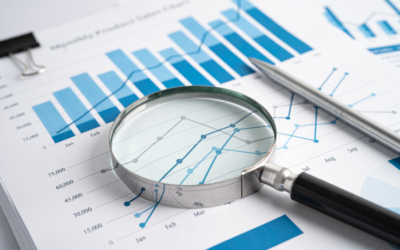This article originally appeared on Medium
State and local governments can now use their fiscal recovery funds to support highway and other surface transportation projects, including projects funded by the Bipartisan Infrastructure Law (BIL).
Last month, the Treasury Department released an interim final rule (IFR) on the Coronavirus State and Local Fiscal Recovery Funds (SLFRF) program authorized by the American Rescue Plan (ARP) that expanded eligibility to include these types of projects.
SLFRF funds can now be used for surface transportation projects in three ways: 1) to supplement an existing project that has already received funding from the Department of Transportation (DOT); 2) to support eligible projects not funded by DOT, and; 3) to satisfy match requirements or to repay loans for specific projects. The original timeline still applies for these projects: SLFRF must be obligated by December 31, 2024 and expended by September 30, 2026.
1. Supplement an existing project that has already received DOT funding
State and local governments can now use SLFRF to expand existing surface transportation projects under 26 different DOT programs, or to cover unexpected costs arising from one of these projects. This includes projects that will receive funding from DOT by December 31, 2024.
However, these funds must be used to supplement — not replace — existing funding for the project. This means current funding for the project cannot be “de-obligated” in order to make way for SLFRF funds. Recipients are required to consult their contact at DOT for their existing grant to ensure that they are in compliance with these provisions; additional guidance on oversight and administration is also forthcoming.
2. Support surface transportation projects not funded by DOT
Recipients can also now use SLFRF to support non-DOT funded surface transportation projects. Treasury has worked to ensure that this process is as smooth as possible by developing a “streamlined approach” for projects that meet specific criteria. Projects that qualify for this streamlined approach are not required to submit an application or receive approval to use their SLFRF to undertake the project.
SLFRF can support projects in a streamlined approach if they:
- do not exceed $10 million in SLFRF funding.
- include activities that typically do not have an adverse environmental impact.
- are limited to projects that would be eligible for funding under the RAISE program (but are currently not being funded through this program). The RAISE program is a BIL discretionary grant program that funds a range of transportation projects with significant local or regional impact, including roads, bridges, rail, public transit, and more.
If a recipients’ project does not meet the criteria under this streamlined approach, they may still be able to spend SLFRF, but will first be required to undergo an application process with Treasury, which will include writing a Notice of Intent, and detailing costs, compliance, and other activities similar to a discretionary grant. More details on the application process are forthcoming. Treasury is also working on further guidance to clarify administrative and reporting requirements.
3. Satisfy match requirements or repay a loan for specific projects
Most DOT discretionary BIL grants require matching contributions, which can be challenging, particularly for smaller cities. The updated rule helps by allowing BIL grant recipients to use SLFRF towards their non-federal match in three BIL grant programs:
Additionally, recipients can now use SLFRF funding to help repay loans under the Transportation Infrastructure Finance and Innovation Act (TIFIA). TIFIA loans support surface transportation projects with a regional or national impact.
Other New Ways to Use SLFRF
SLFRF can now also be used to support natural disaster relief, including emergency relief and mitigating the economic impact of a disaster. This can be in response to a natural disaster that has already occurred or is expected to occur. It can also support future disaster mitigation through activities like structure elevation, retrofitting, and flood proofing. Finally, the new guidance also allows SLFRF to go towards many Community Development Block Grant (CDBG) projects.






